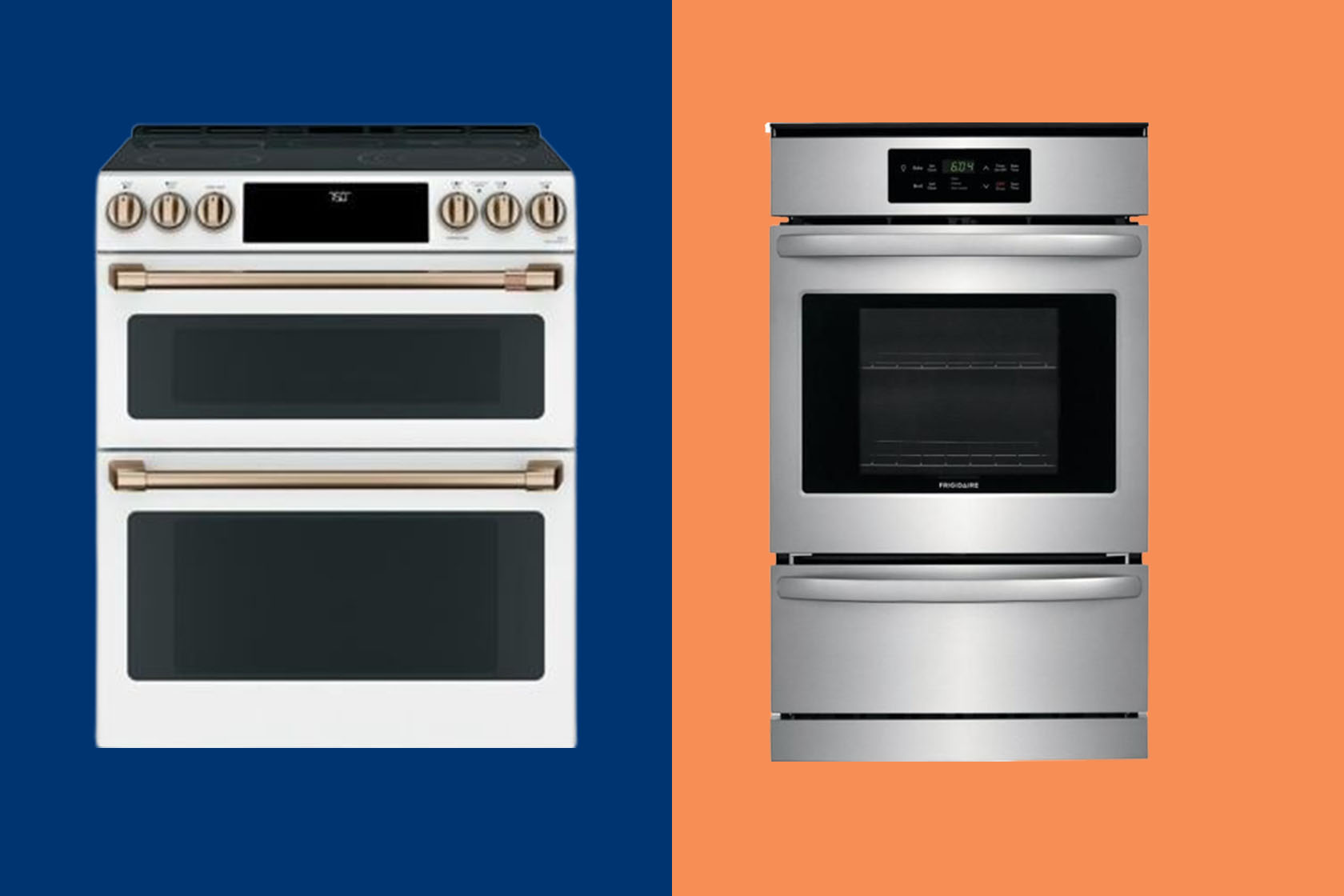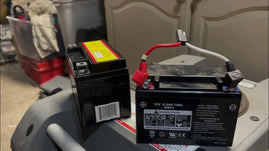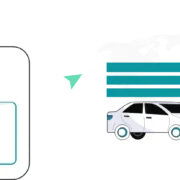When it comes to baking, cooking, and roasting, the oven is an essential appliance in any kitchen. However, there are several types of ovens available, with two of the most popular being conventional and convection ovens. In this article, we will explore the differences between these two types of ovens and discuss their advantages and disadvantages.
What is a Conventional Oven?
A conventional oven is a basic oven that uses heating elements located at the bottom and top of the oven to generate heat. The heat then spreads throughout the oven cavity, cooking the food in the process. Conventional ovens are the most common type of oven, and they are known for their simplicity and affordability.
What is a Convection Oven?
A convection oven, on the other hand, uses a fan to circulate hot air throughout the oven cavity, which cooks the food more evenly and quickly. This type of oven is more expensive than a conventional oven, but it offers several advantages over its counterpart.
Differences Between Conventional and Convection Ovens
The main difference between a conventional oven and a convection oven is the way they cook food. Conventional ovens cook food by heating the air inside the oven cavity, while convection ovens cook food by circulating hot air around the food. This means that convection ovens cook food faster and more evenly than conventional ovens.
Another difference between the two types of ovens is the temperature and time required to cook food. Convection ovens cook food at a lower temperature and for a shorter time than conventional ovens. This is because the hot air circulates more efficiently, creating a more even cooking environment.
Advantages of Conventional Ovens
Conventional ovens are simple and affordable, making them a popular choice for many households. They are also easy to use and require minimal maintenance. Additionally, conventional ovens are ideal for cooking and baking dishes that do not require precise temperature control, such as casseroles, roasted vegetables, and baked goods.
Advantages of Convection Ovens
conventional vs convection oven offer several advantages over conventional ovens. First, they cook food faster and more evenly, which means you can save time and energy. Second, convection ovens are ideal for cooking dishes that require precise temperature control, such as roast meats, pastries, and delicate desserts. Third, convection ovens are perfect for cooking multiple dishes at once, as the hot air circulates around the food, eliminating the need to rotate dishes or adjust the temperature.

conventional vs convection oven
Disadvantages of Conventional Ovens
The main disadvantage of conventional ovens is that they cook food unevenly. The top of the food may be cooked more than the bottom, which can result in unevenly cooked dishes. Additionally, conventional ovens take longer to preheat and cook food, which can be a problem if you are short on time.
Disadvantages of Convection Ovens
One of the main disadvantages of convection ovens is their price. They are more expensive than conventional ovens, which may not be affordable for everyone. Additionally, convection ovens may produce a drier cooking environment, which can result in dry or overcooked dishes if not monitored closely.
Conclusion
In conclusion, both conventional and convection ovens have their advantages and disadvantages. Conventional ovens are simple, affordable, and ideal for cooking dishes that do not require precise temperature control. Convection ovens, on the other hand, offer faster, more even cooking and are perfect for dishes that require precise temperature control. When choosing between the two, it ultimately comes down to personal preference and cooking needs.























Comments